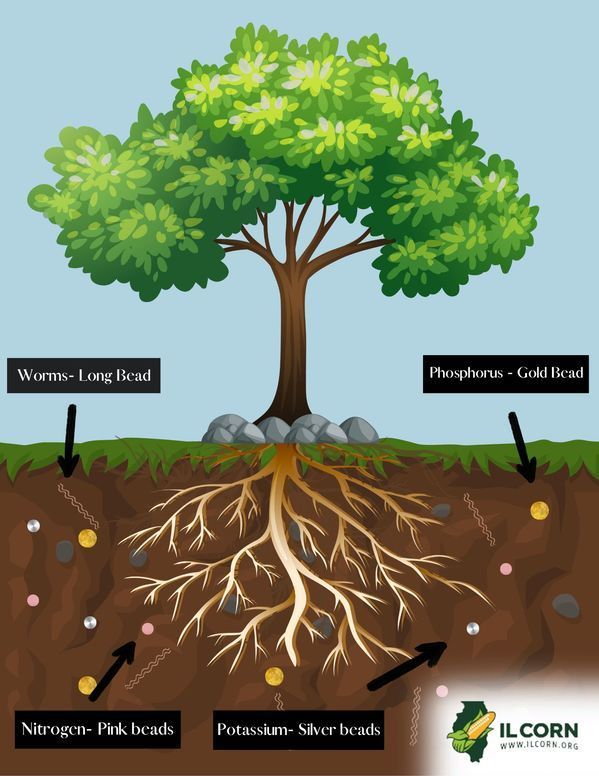New Kid Activity: Learn about Soil
June 6, 2023

What's in soil and why is it important for corn?
Check out this fun indoor activity you can do with your children or grandchildren to teach them about the importance of soil in growing corn.
This Soil Slime Lab will show four different nutrients and elements in soil including nitrogen, phosphorus, potassium and living organisms. When mixing up the slime, the nutrients will spread out and distribute within the “soil”. Children can see how in soil there are many different nutrients but they are all distributed differently. See the full activity here.
Nitrogen
- Nitrogen is important for plants to grow. This element is important for the plant growth, plant food processing and the creation of chlorophyll. Without nitrogen, the plant can not grow taller or produce enough food for the plant.
Phosphorus
- Phosphorus transfers energy that comes from sunlight to the plants. It also stimulates early root and plant growth and helps the plants mature.
Potassium
- Potassium helps plants fight off diseases, helps the plants to move starches, sugars and oils.
Living Organisms
- Living organisms help transform the soil by creating burrows, add nutrients to the soil by breaking down dead leaves and can help control the populations of other soil organisms.







